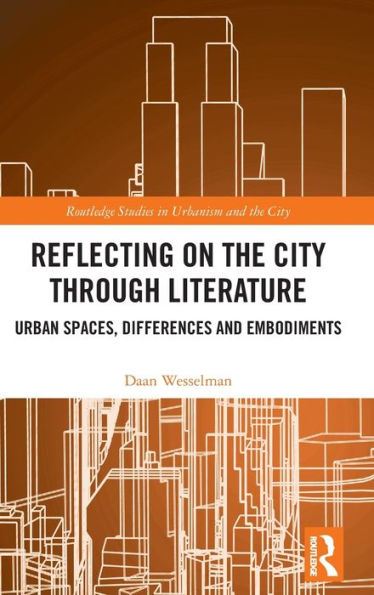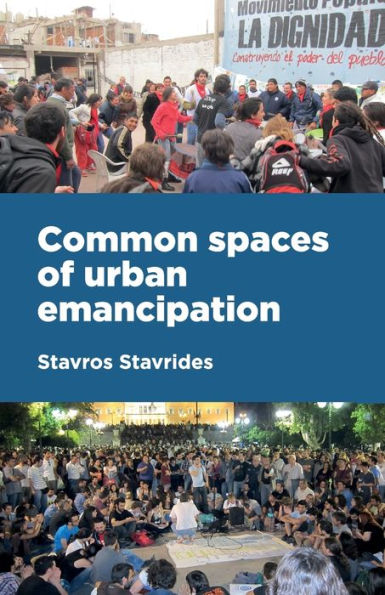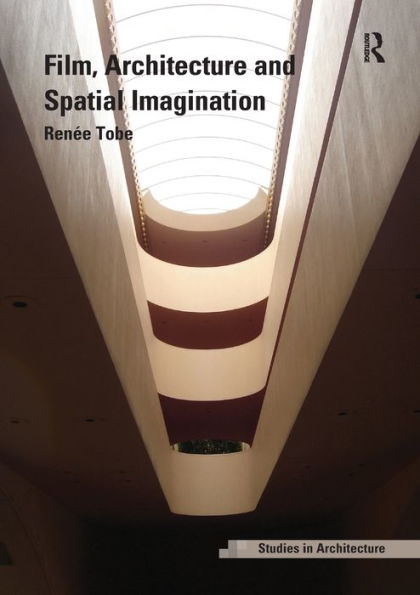Home
Space, Gender and Urban Architecture
Loading Inventory...
Barnes and Noble
Space, Gender and Urban Architecture
Current price: $160.00


Barnes and Noble
Space, Gender and Urban Architecture
Current price: $160.00
Loading Inventory...
Size: OS
*Product Information may vary - to confirm product availability, pricing, and additional information please contact Barnes and Noble
This book explores the historical roots of the current status of women in Malta, and through extensive examination of the intricate interconnectedness between history, culture, religion and the use of space in architecture (specifically the Maltese covered balcony), suggests the provenance dates back to era of the Knights of Malta who ruled between 1530 and 1798. Malta boasts hundreds of open-air stone balconies, a common architectural characteristic of Mediterranean subtropical climates, allowing air to circulate through the home during the hot summers. However, Malta also has many covered or boxed-balconies called 'Gallarija', especially in the capital city of Valletta where the Knights lived. They are a costly addition counterproductive to the balconies intended purpose. The first known Gallarija-type balcony sits on the Magistral Palace built by the Knights in 1675. The Knights of Malta, a group of ultra-religious celibate warriors from Western European aristocracy with a mission to prevent the Muslim expansion into Europe at any cost. With full support from the Pope, the Knights ruled Malta with an iron first for over 250 years and imposed their male dominated social and political ideology, completely devaluing womanly contribution to the social, economic and political development of Malta. The Knights were forbidden from any contact with women, a vow they were not willing to uphold, and thus the author argues that the Knights adopted the 'Gallarija' to reinforce the self-imposed isolation and conceal their illicit sexual relations with Maltese women and prostitutes. The author presents historical evidence and accounts connecting the 'Maltese Gallarija' to 'Moushrabiyya' and similar covered balconies found throughout Muslim countries of North Africa and the Middle East. The Muslim counterparts were made of carved wood latticework initially designed to keep water cool and later to obscure segregated women within the home. The Knights consciously and intentionally modified the design by adding glass and shutters to completely isolate themselves from citizens, and most importantly to ensure their sins go unnoticed.


















